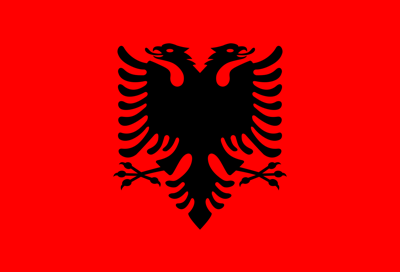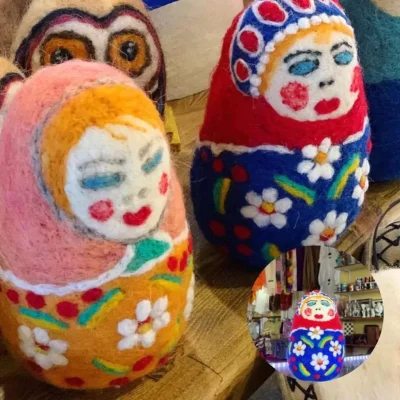The bird that graces the Albanian flag is the double-headed eagle, a powerful and ancient symbol deeply embedded in Albania’s national identity and history. This distinctive bird, displayed in black on a vibrant red background, is one of the most recognizable national emblems in the world. But what exactly is the significance of the double-headed eagle, and why does it hold such a central place in Albanian culture?
The Double-Headed Eagle: Origins and Meaning
The double-headed eagle has been used by various civilizations throughout history, from the Byzantine Empire to the Holy Roman Empire, and even earlier by the Illyrians, the ancient ancestors of modern Albanians. The bird’s two heads are typically interpreted as symbols of power and vigilance, representing the ability to look both East and West, overseeing and protecting all sides of a nation.
In the context of Albania, the double-headed eagle became a symbol of resistance and independence, most notably during the 15th century under the leadership of Gjergj Kastrioti Skanderbeg, the national hero of Albania. Skanderbeg, who led a revolt against the Ottoman Empire, used the double-headed eagle as his personal insignia, signifying Albanian sovereignty and courage. Today, the eagle on the flag is a testament to Skanderbeg’s enduring legacy and Albania’s centuries-old struggle for freedom.
Why a Double-Headed Eagle?
The two-headed nature of the eagle on the Albanian flag is a unique feature that sets it apart from other national symbols. The double-headed eagle is often seen as a representation of the unity between different parts of a nation. For Albanians, it can symbolize the unity of the Gheg and Tosk people—two distinct cultural and linguistic groups within the country. Despite their differences, these groups are brought together under the same flag, sharing a common national identity.
Another common interpretation is that the two heads represent Albania’s historical position between Eastern and Western powers. Over the centuries, Albania has been influenced by both the Byzantine and Ottoman empires, while also maintaining strong connections with Western Europe. The eagle’s two heads symbolize Albania’s ability to balance these influences and stand as a bridge between two worlds.
Symbolism of the Colors on the Flag
The red background of the Albanian flag is just as symbolic as the double-headed eagle itself. Red is often associated with bravery, strength, and the sacrifices made in the pursuit of freedom. The black eagle, in contrast, represents the power and determination of the Albanian people. Together, these elements form a flag that tells the story of a nation that has fought hard to maintain its independence and cultural identity.
The Eagle in Albanian Culture
The eagle is more than just a symbol on a flag; it holds a special place in Albanian culture and folklore. Albanians often refer to their country as the “Land of the Eagles” or Shqipëri, which directly translates to “Land of the Eagle” in the Albanian language. This connection between the nation and the eagle is a reflection of the bird’s representation of freedom, strength, and resilience—qualities that Albanians hold dear.
This association extends beyond the flag, as the Albanian eagle is frequently featured in various forms of art, jewelry, and even fashion. Items like Albanian eagle pendants, necklaces, and rings are popular symbols of national pride, not only in Albania but also among the Albanian diaspora worldwide.
Conclusion: A Bird of Strength and Pride
The bird on the Albanian flag is the double-headed eagle, a symbol with ancient roots that represents the unity, strength, and resilience of the Albanian people. Its place on the national flag is a reminder of Albania’s historical struggles and victories, and its continuing importance in modern Albanian identity. Whether seen fluttering in the wind or worn as a piece of Albanian jewelry, the double-headed eagle is a powerful emblem of Albanian heritage and national pride.

























